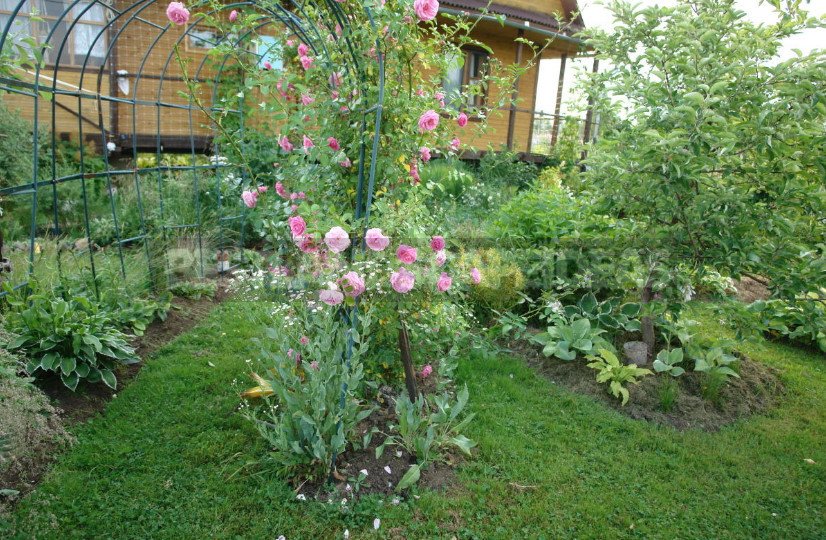
Before you grow a beautiful garden, the hostess has to overcome many difficulties that fall to the owners of low, swampy areas. However, even if you do not have such a problem, this story will be interesting and instructive.
To plant or not to plant?
This question sooner or later comes before all. Having received for the garden joys a site in 27 hundred parts, I didn’t guess, what difficulties I will face. At that time, I confidently declared that in three or four years to create the garden, and I will continue to wait, when all will grow and he will become as he presented it in his dreams. But has ended the eighth season and the garden is not yet complete. The plot, open to all winds, damp, with a slight decrease to the North for some plants and did not become a cozy home.
Course on bushes
Deepenings which in rainy weather were filled with water and subsequently became artificial bogs. An empty lot was very depressing, and I gradually began to form landing, leaving space for the lawn in accordance with previously prepared plan. From the very beginning I focused on bushes and trees.
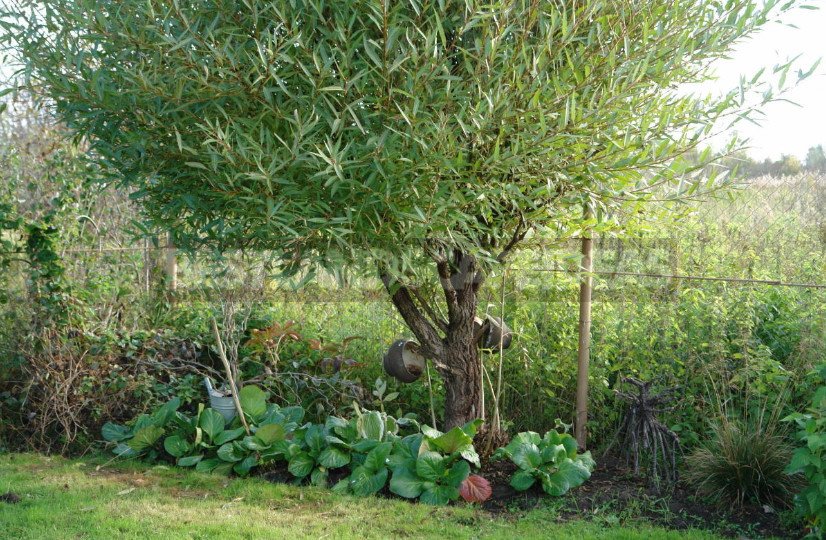
It was assumed that the front of the house will be a fruit and decorative part (Apple, pear, near the swamp — willow and many different shrubs). Planted Apple trees on small hills, willow have alleged increased the (they will appear only through 3 year). Something managed to buy. So in my garden appeared Salix spherical, beautiful Salix red hanging, exotic winding Salix. At first, the last two ends of the branches froze, but then they acclimatized and began to grow actively, invariably attracting the attention of guests. When I saw how good these Salix and how they are comfortable in my harsh area, immediately engaged in cutting, and now in different parts of the site there were their duplicates.
Fruit and decorative part of the garden is mainly formed and has grown up. For some time I was fascinated by perennials, which then appeared in abundance on sale. But the floods every spring and winter cold caused huge damage to my landings. And I realized that the initial course on shrubs was correct, and the surviving undemanding perennials can be used as complementary cultures.
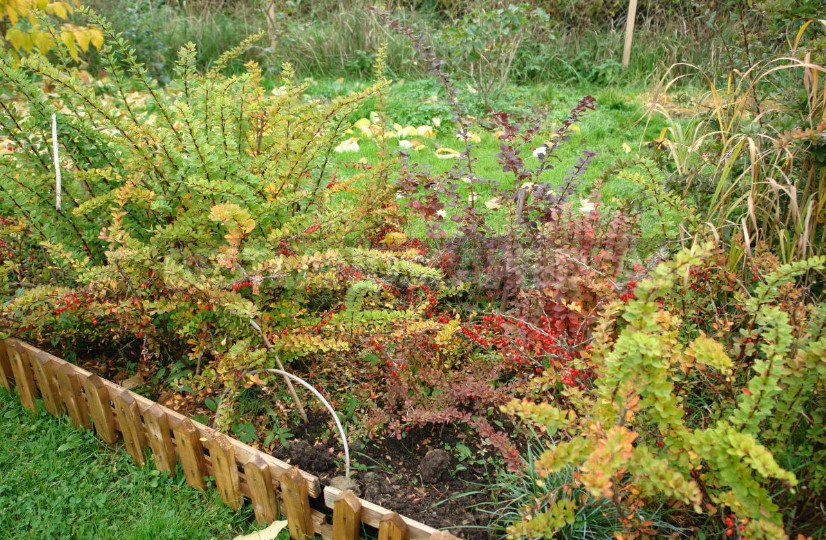
There were not so many ornamental shrubs and trees adapted to our climate on sale. I tried everything, but Weigela, Deutzia, Buddleja and other interesting breeds were too gentle for my site. Left Spiraea, barbarisi, Elaeagnus commutata, Physocarpus.
For Spiraea and barberry had to choose places drier. But Elaeagnus and Physocarpus grow everywhere in a variety of combinations. Very impressive combination of Elaeagnus commutata with Acer ginnala, which in mid-autumn leaves become bright red. Acer grows in the form of a Bush-so formed its regular freezing.
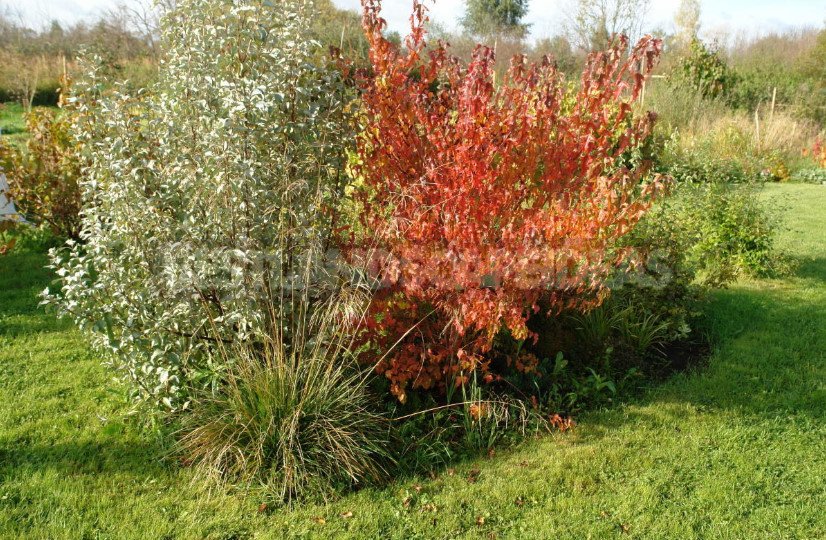
How difficult and unfavorable microclimate on my property, and said as Cornus alba. They were the first shrubs I am planting on the plot, but chose, of course, the decorative varieties: ‘Sibirika Variegata’, ‘Elegantissima’, ‘Gauchaultii’, ‘Spaethii’.
And this is the result: ‘Elegantissima’ grows, but 7 years could be more, and ‘Spaethii’ has not experienced a severe winter. What should be the frost to freeze Cornus? However, the other two forms feel good.
Oddly enough, in my area feel good shrubby paws, and therefore a lot of them and with a variety of flowers: yellow and pink of all shades, white, red, orange. It is wonderful that almost all of them bloom from mid-June to the frosts. The tips of the branches sometimes freeze a little, but since the paws require spring pruning of 5-10 cm to form a neat shape of the Bush, this does not affect them.
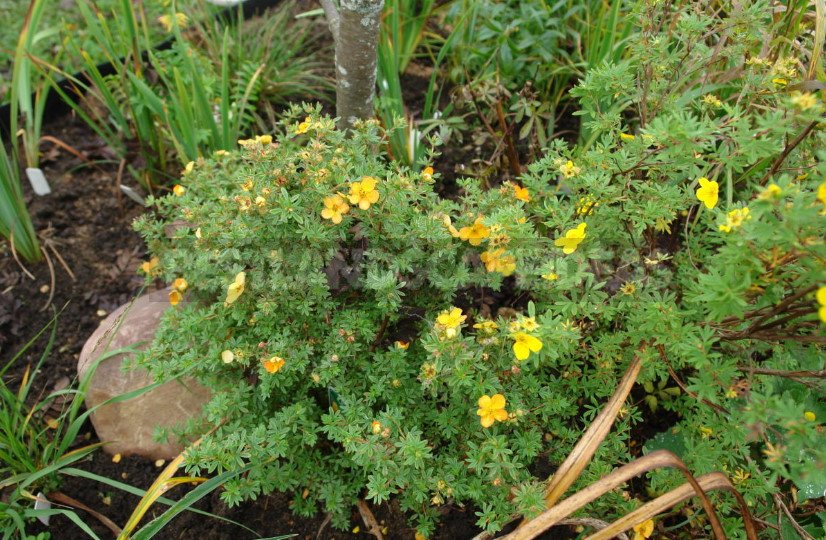
Well caught some Park and musky roses, which are very enliven the garden. But with trees more difficult, as close to groundwater. It is necessary to select suitable breeds, and it takes a lot of time.
The house had planned to plant groups of trees and shrubs, and between them to leave lawn. This part of the garden I conditionally called “forest”. Here settled larch, species and Rowan, Linden and hazelnut. In my dreams I had a lime and nut alley, a barberry Paradise.
Color spots decided to make red Apple trees ‘Jay Darling’,’Nora Grabe’, ‘Profusion’, red umbrella. Not everything with these Apple trees turned out smoothly: something was lost in the winter (more often — if the vaccination was conceived highly). But this material was free for me, because the rootstocks were grown and vaccinated themselves, so everything was planted many times and in different places. In any case, the four Apple trees, especially the umbrella, successfully suffered severe frosts and gave good gains.
Pinus strobus: a sad story
Planted a lot of coniferous, mostly low, ground cover (at the beginning of his garden activities I generally very fond of ground cover plants). But with the proposed emphasis on high-Pinus strobus – happened, as they say, a bummer. Pine planted at once in permanent place, although it was only 30 cm tall. Dug two drainage holes nearby, filled them with sand and gravel to divert water. Winter had wrapped pine in several layers was lutrasil, a refuge from spring burns. And for a few years everything was fine. Pine gave large gains and soon reached two meters. That’s where the problems started.

Two-meter tree for the winter decided not to wrap, because over time it can grow up to 25 m, and then it certainly will not hide. Overwintered my pine, not burnt, but the bark is strongly eaten mouse. The crust had a nice soft, soft, and mice probably had scurvy, and they gnawed the trunk to a height of approximately 20 cm, almost round. That’s “almost” saved the tree at that time.
I cut the lower branches. Poor pine suffered, suffered, but by mid-summer came to her senses and went to growth. Heart relieved, but I was happy too early. Next winter, it was badly burned and half of the summer stood red.
Imagine-red accent in the center of the site, visible from the house, from all corners! Took myself in hand and waited until most of the needles have become green, some just opal, and grew new needles. My joy was indescribable when the next year passed without surprises, and the three-meter openwork beauty finally became the decoration of the site.
But the next winter year my pines was the last. Great she then burned and was unable to recover. Died slowly, he released a new candle, the needle was very sad. As a result, after 6 years instead of the accent I got a blank space, which eventually planted the Thuja simple two feet tall. Well, not quite simple-with yellowish needles.
Fight for lilacs
A similar story happened with lilac. In front of the house is a mixborder, rounded part overlooking the lawn. There’s a place for lilacs. Interestingly, my home not knowing that lilac already growing there, always telling her to put.
Eight lilac bushes I planted immediately in the formation of mixborders. At first it grew well, then the bushes began to fall out. I thought they were struck by some disease. In those years, the flood was early, and by the time of my first visits to the site was already dry. Everything became clear when the flood was delayed, and I saw my poor lilacs in the water. This plant does not tolerate such conditions.
Common sense dictates to abandon landing lilacs in this place. Especially since I have a couple of places on the site where it still grows and blooms. But I dug up all the bushes, poured the shaft, planted new and living old lilacs on it, covered the root necks with sand, and along the entire line arranged a drainage ditch. Now, if they feel good, five years will have to wait for flowering. Here we go again.
Viburnum as a solution
Here, for example, sweet viburnum, who just love wet places and open Sunny areas, although quietly growing and dry semi-shaded. Now in the garden grows a green hedge of viburnum, which serves as the background for one of the mixborders.

Remarkable and the fact that Viburnum all easily propagated by cuttings, layering, shoots, dividing the Bush. Choose any way. True, the young tops of viburnum like pests, but they are easy to deal with. For example, I sprayed the bushes in late autumn and early spring intaferon. I am pleased with the decorative forms: compact dwarf ‘Nanum’, ‘Roseum’, ‘Variegata’ – a powerful Bush with pale spotted leaves, ‘Park Harvest’ with yellow foliage. It’s also a good Viburnum lantana with black fruit and grey-green leaves. Needless to say – the plant is very decorative and win-win.
What to do with willow?
But still, the bushes on my site do not exceed a height of 2-3 m, and this is clearly not enough. Since the willows grow well here, especially since they are many different in shape of the crown, the color of the bark. And leaves-and green, and silver, and short, and long, and twisted – so that landing not will look uneventful. Last season I was lucky: I was able to buy and plant several large willows. Already now, thanks to the colorful bark, they decorated my garden. But in my dreams I see them older… Just gnawing thought: how much time I have? I really want to see the garden of my dreams!
Summarize…
Filling cones, made for myself some conclusions.
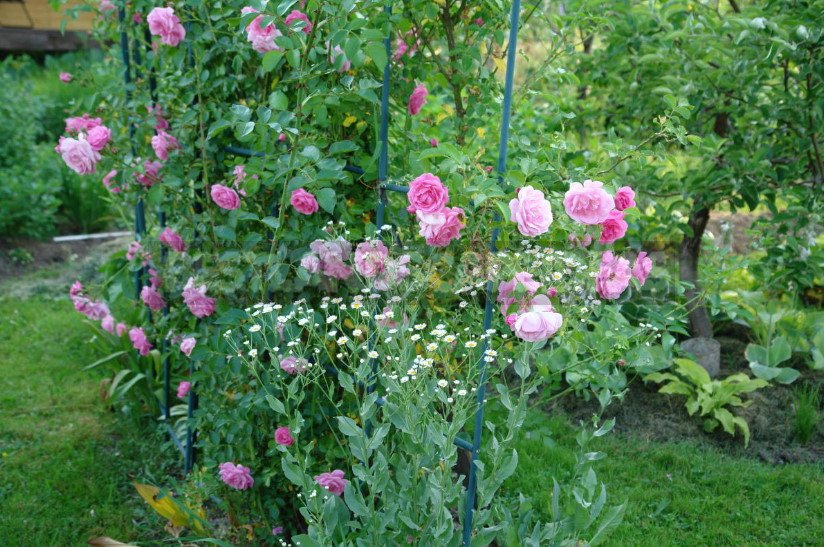
- First, you need to carefully study the microclimate of the site — maybe even for a few years — before planting plants with some special requirements.
- Secondly, if the plant grows poorly, it is necessary to try to understand what the reason is, and, if possible, to create comfortable conditions for it on this place or to look for a more suitable site. Very often such place is.
- And thirdly, do not be afraid to repeat in the garden plants that grow well. Combining them with other breeds, you can get a completely different decorative effect.

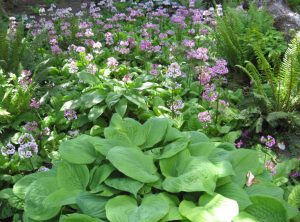

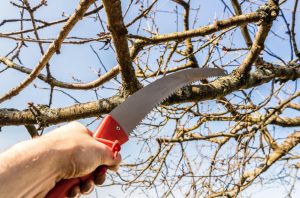
Leave a Reply